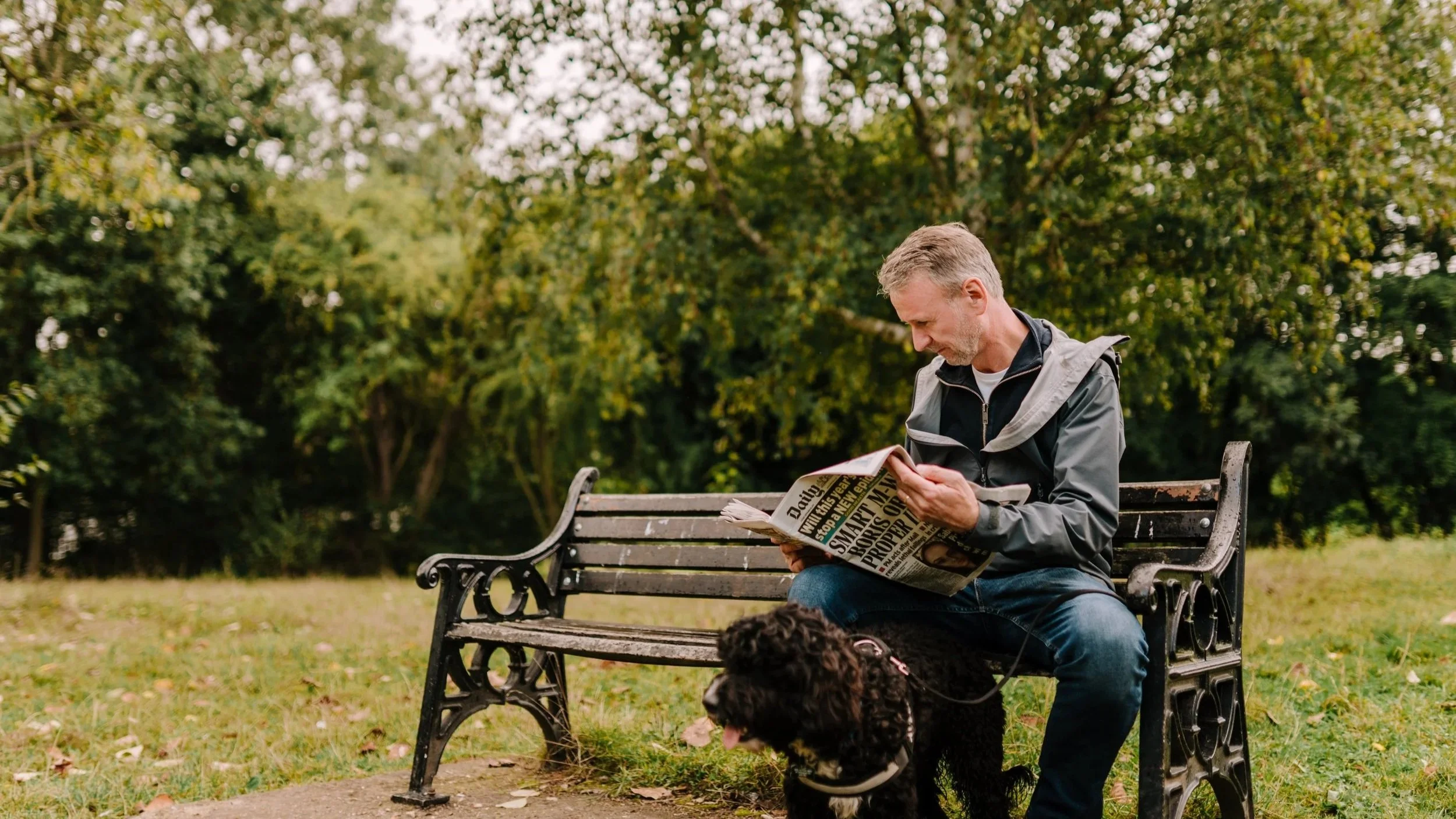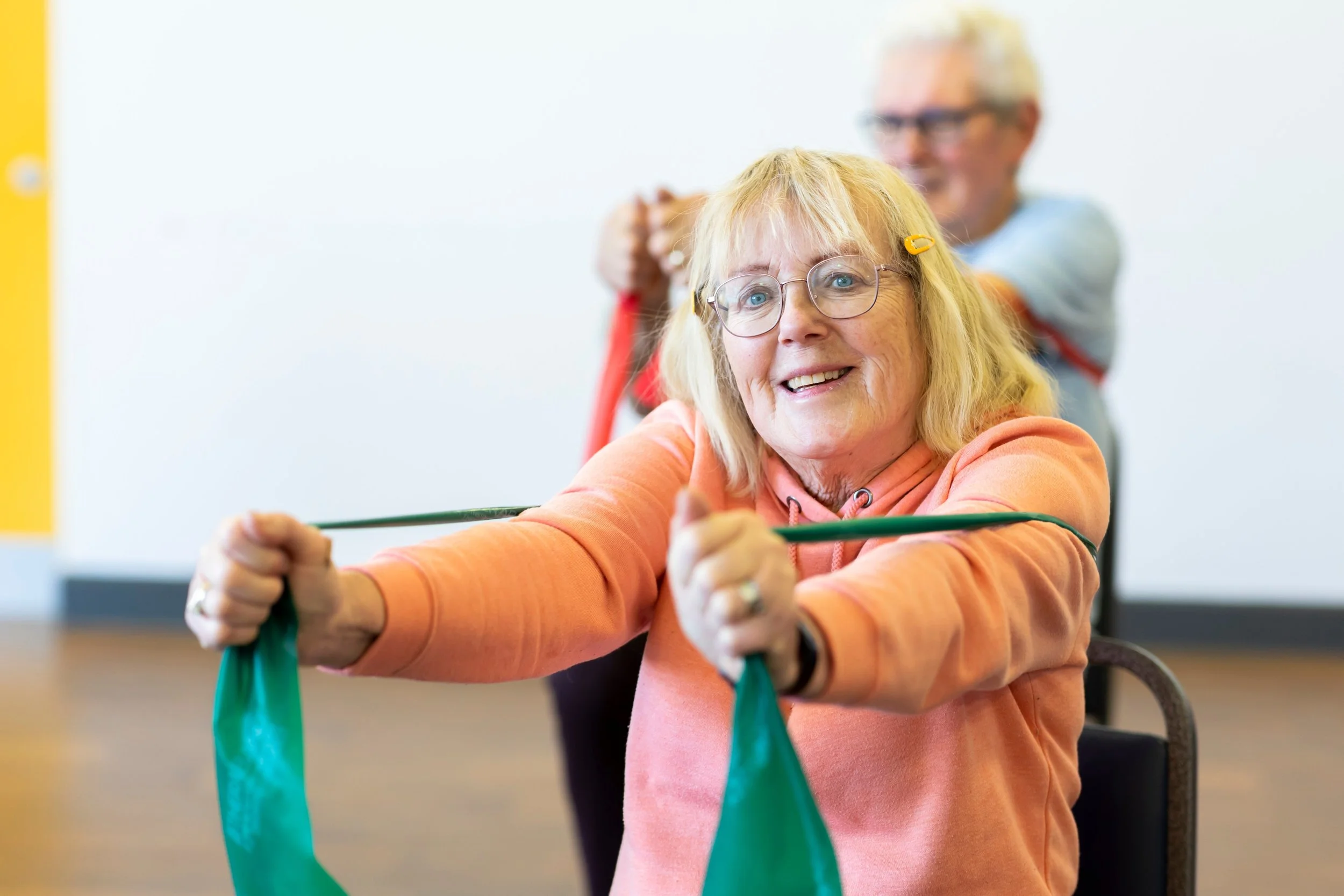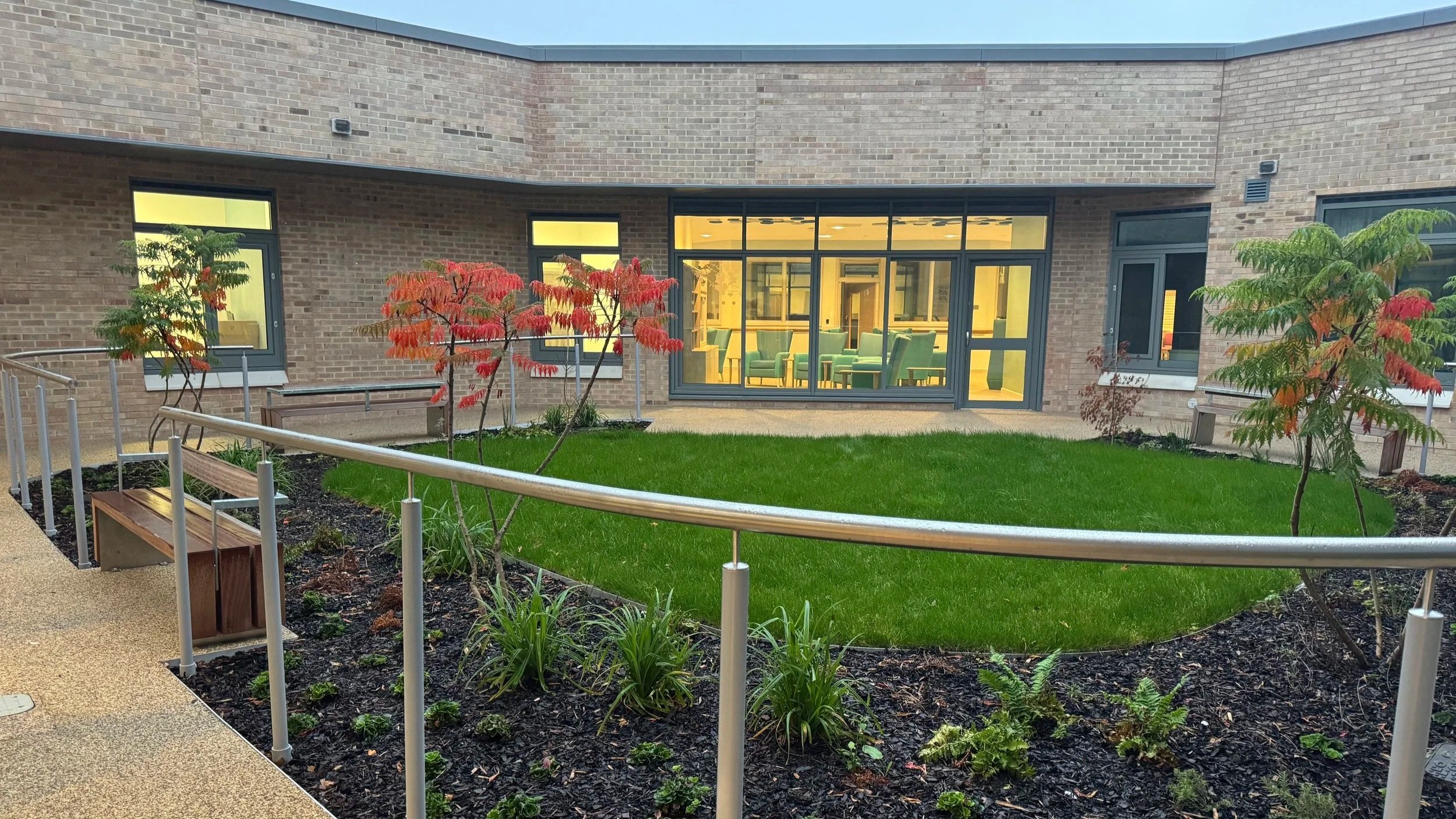Dementia and Rehabilitation: Let’s Change Our Perspective
In response to the Alzheimer’s Disease International Report 2025 - Reimaging life with dementia - the power of rehabilitation. Our Senior Dementia Consultant Dave Wilson-Wynne brings together some of the recommendations and explores, what rehabilitation in dementia really means for us.
When we hear the word rehabilitation, many of us instinctively think of physical injuries, stroke…. Rarely do we associate rehabilitation with dementia. Instead, a dementia is often perceived as a progressive, irreversible condition that leaves little room for growth, recovery, or improvement. This mindset is deeply ingrained in both health and social care, and it limits the potential of those living with the condition to lead fulfilling, empowered lives.
However, the time has come to challenge this narrative and the ADI Report 2025, does just that. Dementia rehabilitation does not deny the reality of decline, but it does promote the idea that people living with a dementia can learn, adapt, and retain independence with the right support. By shifting our perspective, we open new pathways that enhance quality of life, foster autonomy, and uphold dignity.
Let us explores why rehabilitation must become a central component of dementia care, the barriers that exist, and how we can reframe practice to embrace a rehabilitative model.
The Traditional View of Dementia Care
For decades, dementia care has been framed almost exclusively around support and the dreaded word of “management”. Care is often reactive focused on responding to changes in presentation, ensuring safety, and providing personal care as independence reduces. This approach, while compassionate, has inadvertently reinforced the perception that rehabilitation has little place in dementia services.
The dominant medical discourse positions dementia as an incurable neurodegenerative condition, which has led to a culture of “maintenance rather than improvement”. Professionals may assume that attempts to teach new skills, introduce structured therapy, or foster adaptation will be futile. Families, too, are frequently advised to “prepare for decline” rather than supported to encourage participation and growth.
The result is a self-fulfilling prophecy: when society assumes rehabilitation is impossible, opportunities to try are lost, and people living with a dementia are denied the chance to maximise their abilities.
Rethinking Rehabilitation
Rehabilitation is not about reversing dementia or halting its progression. Instead, it is about supporting individuals to maintain or regain function, adapt to changes, and live as independently and meaningfully as possible. This definition is no less relevant to dementia than it is to conditions like stroke, spinal cord injury, or chronic obstructive pulmonary disease.
Rehabilitation in dementia should be seen as a dynamic, person-led process that:
• Builds on existing strengths and abilities.
• Encourages adaptation through environmental changes and supportive technologies.
• Promotes engagement in meaningful occupations and activities.
• Enhances physical, psychological, and social well-being.
And as the ADI Report states, it should be:
- PERSONALISED
- GOAL ORIENTATED
- COLLABORATIVE
This model aligns strongly with person-led principles, emphasising that people living with a dementia are more than their diagnosis, and deserve opportunities to thrive, not just survive. Going back to the four Cs of Person Led Care - CONTROL, CHOICE, CONSISTENCY and CONFIDENCE.
-
Cognitive rehabilitation focuses on supporting people with a dementia to manage everyday tasks that are personally meaningful, such as preparing meals, using public transport, or managing finances. Evidence shows that by tailoring strategies to individual goals and involving carers, cognitive rehabilitation can significantly enhance independence and self-esteem.
-
Exercise-based rehabilitation, including physiotherapy, occupational therapy, and mobility training, has shown strong benefits for maintaining physical function, reducing falls, and improving overall well-being. Even gentle, structured activity programmes can enhance strength, balance, and mood.
-
Communication difficulties often lead to frustration and social withdrawal. Speech and language therapists can support individuals to develop new communication strategies, use assistive technologies, or adapt environments, ensuring that voices continue to be heard.
-
Music therapy, art-based rehabilitation, and reminiscence approaches can maintain cognitive function, enhance emotional well-being, and encourage continued participation in life. These interventions challenge the assumption that decline is linear and uncontested.
The evidence base is clear: rehabilitation is not only possible in dementia, it is beneficial.
The Role of Professionals in Dementia Rehabilitation
For rehabilitation to flourish, professionals across health and social care must reframe their roles. This requires:
• Occupational Therapists leading on activity engagement, adaptation, and skill retention.
• Physiotherapists supporting mobility, balance, and fall prevention through tailored exercise.
• Speech and Language Therapists enabling communication and swallowing rehabilitation.
• Nurses and Care Staff embedding rehabilitative principles into daily care routines.
• Psychologists supporting adaptation, coping, and goal-setting processes.
• Social Workers advocating for rights-based access to rehabilitation.
Collaboration across disciplines ensures a holistic approach, centred around the person rather than the disease.
Family and Community Involvement in Dementia Rehabilitation
Rehabilitation cannot exist in isolation. Families, friends, and communities play a central role in sustaining its principles. Care partners can be supported to:
• Encourage independence rather than doing tasks for the person.
• Learn rehabilitation strategies and integrate them into daily routines.
• Advocate for rehabilitation services and challenge low expectations.
• Foster inclusion and participation in community life.
Community initiatives—such as dementia-inclusive gyms, arts programmes, or walking groups—demonstrate how rehabilitation can be embedded beyond formal health services.
Looking Forward: Policy and Practice in Dementia Rehabilitation
To truly shift perspective, rehabilitation must be integrated into policy and practice at every level. This includes:
• National dementia strategies explicitly recognising rehabilitation as a core component of care.
• Commissioning frameworks funding rehabilitation services and workforce development.
• Education and training for all professionals, embedding rehabilitation into dementia curricula.
• Public campaigns challenging the narrative of decline and raising awareness of rehabilitative opportunities.
By embedding rehabilitation into the fabric of dementia care, we move away from passive support models and towards empowerment, inclusion, and growth.
A final thought on rehabilitation and dementia….
Dementia and rehabilitation are not opposing concepts. They are deeply intertwined, yet our systems, cultures, and assumptions have kept them apart. By changing our perspective, we recognise that people with a dementia have the right—and the ability—to participate in rehabilitation.
This does not deny the reality of dementia’s progression, but it does affirm that every stage of life can hold potential for growth, adaptation, and independence. Rehabilitation offers people with a dementia more than maintenance; it offers them dignity, autonomy, and hope.
The time has come to move beyond the narrative of decline and embrace a future where rehabilitation is central to dementia care. Let us change our perspective, and in doing so, change lives.
As John Quinn a person living with a dementia (who contributed to the ADI Report, page 39) says….
“Dementia rehabilitation involves thinking outside the box”








